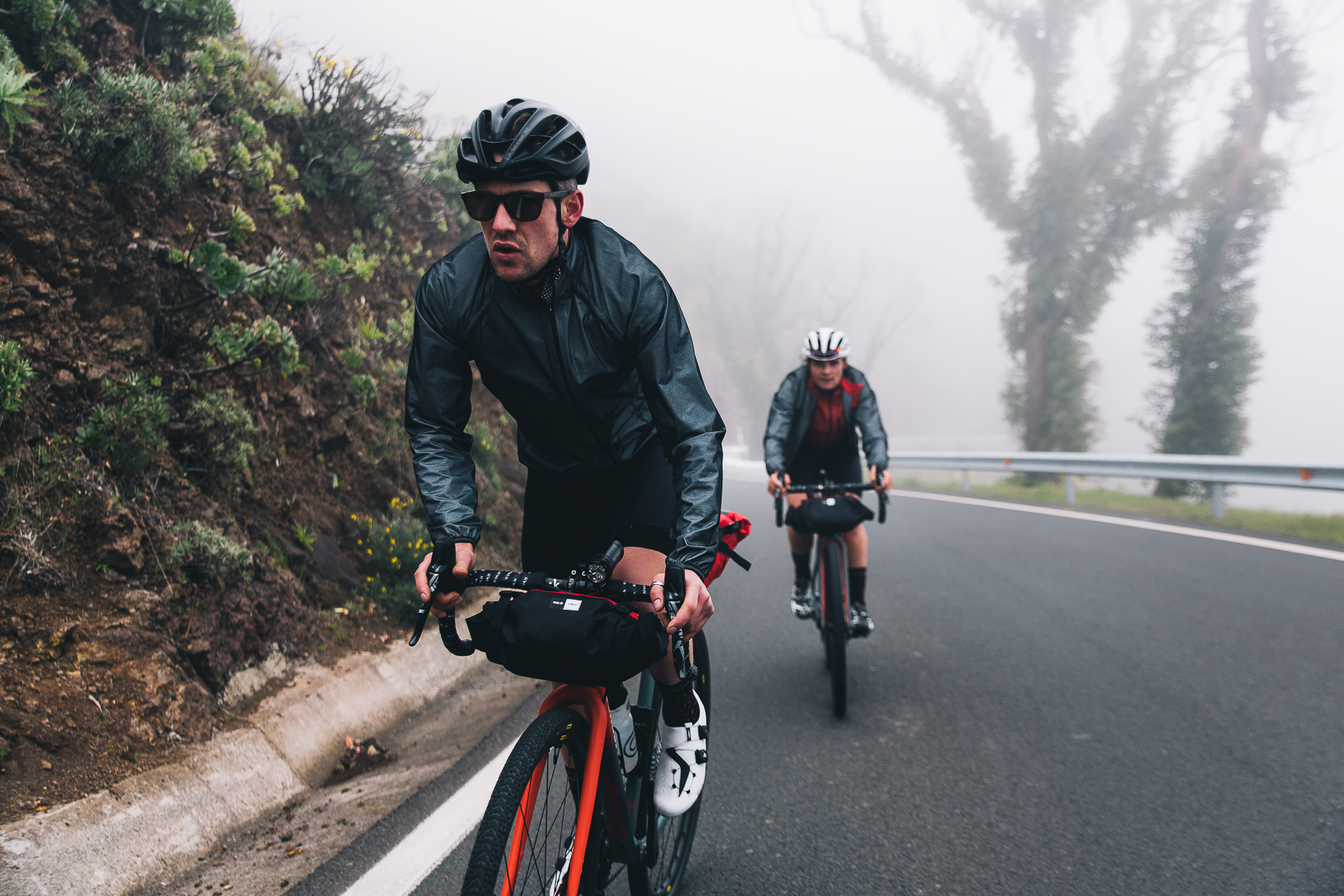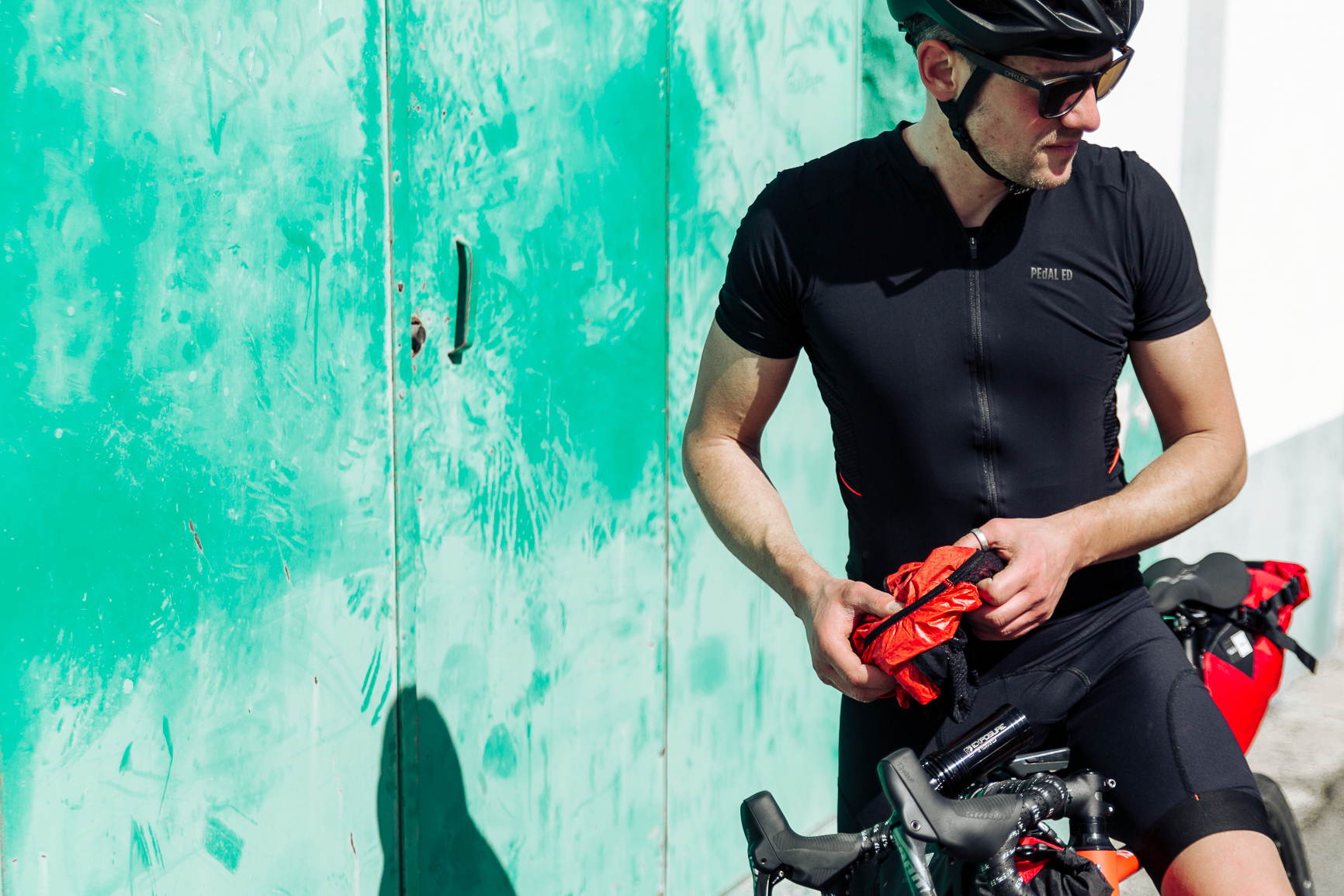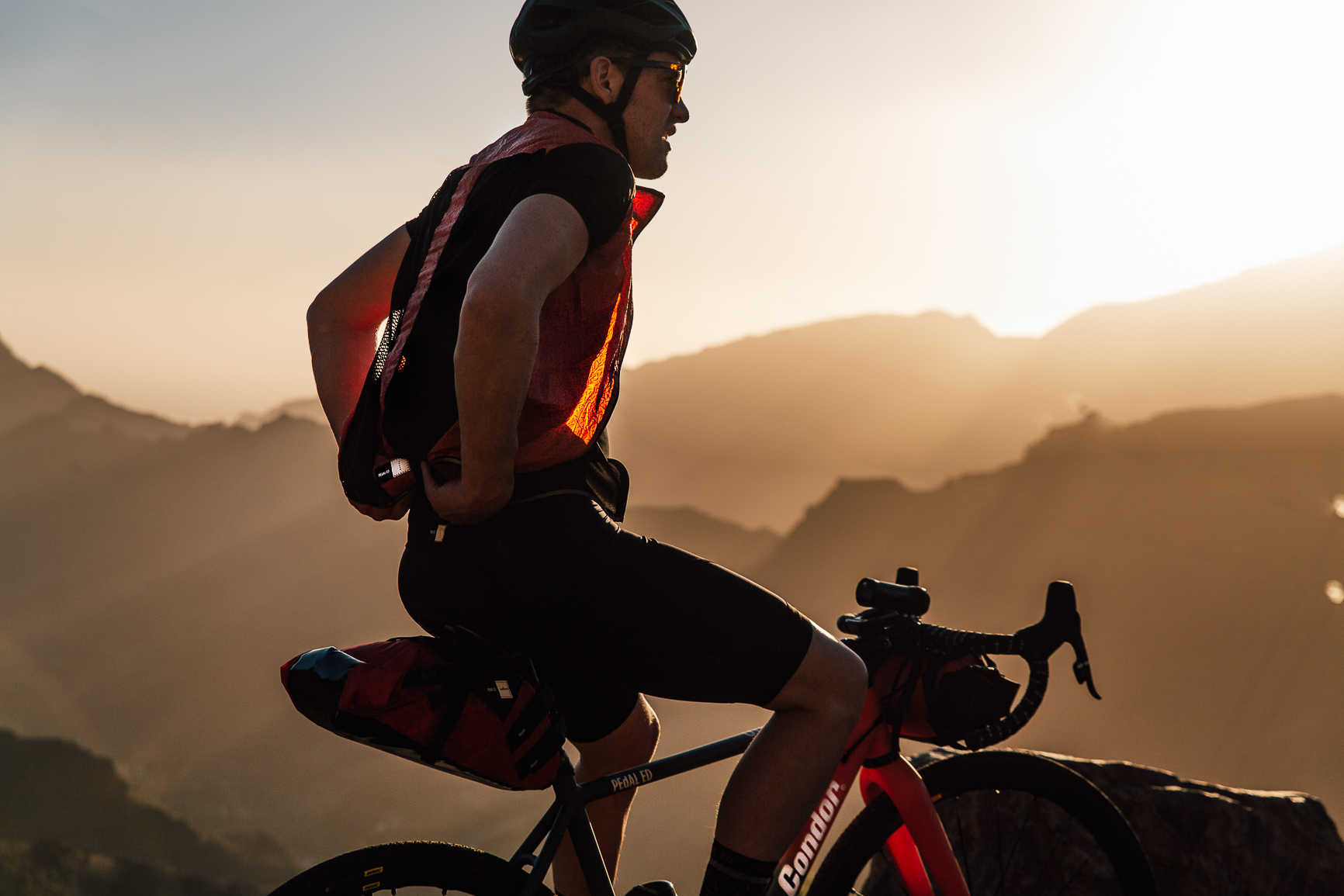White hot heat: a closer look at DL Killer's KS1s
I wrote a piece for Cyclist (UK) recently profiling some of the best kit for Spring. These shoes were included, but space (the article was LONG) meant I only added sparse comments on them, not the real estate they deserved (which is part of the reason I’m trying to get Hairpins off the ground in the first place).
Chris Puttnam, co-founder of DL Killer, was kind enough to send a pair on behalf of the company. They are one of the most lively and enjoyable scarps I’ve had the pleasure of riding in recently. A stiff, responsive, comfortable and great looking shoe; the rubber outer, a minor detail, is a great scuff guard and a good example of the care former Italian pro Danilo Di Luca put into conceiving them.
Looking at the market, my only knit with the KS1’s is that BOA dials are better than the ATOP lacing system and I wish they were made using them. Otherwise, these are as high-end as it gets. Sure, they cost 325 pounds. But don’t choke on the price tag - they are worth it. Especially if you go for an aesthetic rooted in craftsmanship.
I spoke to Chris about what makes these shoes so interesting. Below is an exert from that conversation.
What makes the KS1 shoe unique?
Every DL Killer shoe, be it the KS1 or the Vito, is handmade in Italy by craftsmen with generations of shoemaking behind them. Our unique approach to production allows us to create bespoke shoes in materials and fabrics not usually associated with cycling. We have created gold KS1s with a herringbone pattern and a houndstooth version, for instance. Our most popular model still remains our gold KS1 though, and you need to be a true hitter to carry those off.
Something that's rarely seen in cycling shoes today is the real leather outer. I love it, but wonder, why leather?
Leather is a wonderful material to work with and wear, as millions of owners of leather shoes will testify. It moulds to the foot and when looked after will improve with age. The reason leather is not often found in cycling shoes is that it needs a particularly high level of care to put up with the demands placed on it through cycling from both inside and out. Our leather uppers are treated and coated to protect them from the rigours of the road, using a process common with other performance shoes such as inline skates, making them exceptionally durable.
While the KS1’s come with complete customization, I found them solid and comfortable right out of the box. Easy on the eyes, too.
How does the carbon molding process work?
The carbon fibre hulls of our shoes comprise two sections - a stiff outer shell and a mouldable liner. This liner can be heated through the outer hull with a hairdryer and moulded to shape the individual’s foot, where necessary. A lot of people will already find the shoe incredibly comfortable and well fitting, in which case this process will be unnecessary. However the option is there.
The KS1s dovetail nicely with VB's bespoke-like image. What are some of the other design elements that make the two brands seem to fit together so nicely?
Both DL Killer and Vélobici share similar values in design, quality and production. We believe in using craftsmen local to us rather than outsourcing production to the Far East and are obsessive about detail and precision in manufacture. Both brands create products that are classical in appearance and transcend seasonal trends. They are designed to provide the owner with years of dependable service.
What I've really enjoyed riding these shoes is the stiffness. How is the sole made to give it that level of responsiveness?
The outer hull of DL Killer shoes is manufactured from a carbon weave, which delivers incredible lightness while remaining stiff and responsive. The shoes have been engineered by experts in road shoe performance with input from professional cyclists. The stiff sole ensures maximum power transfer from the rider through to the pedals.


















